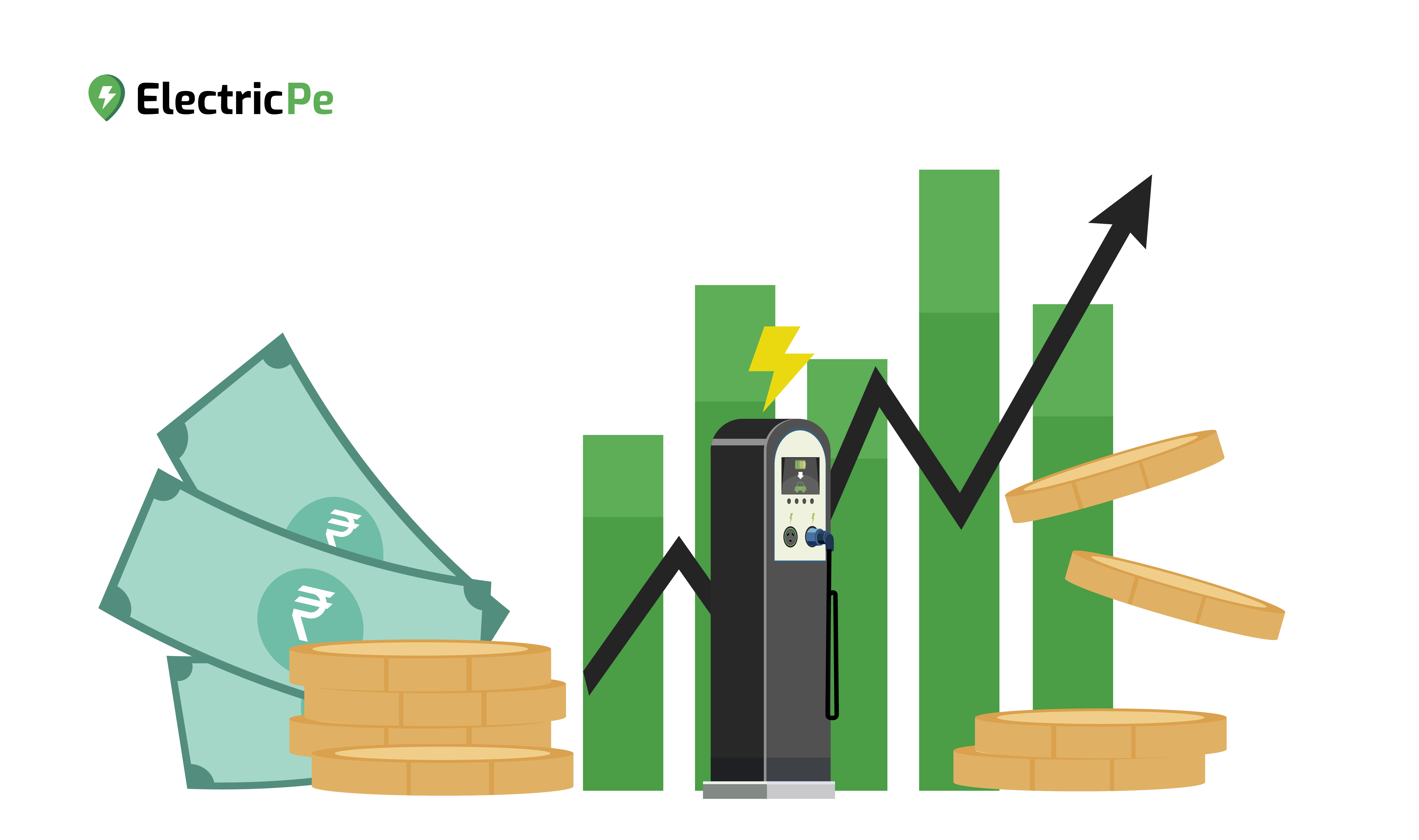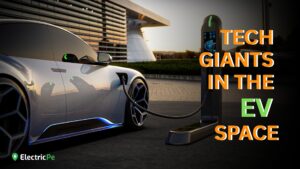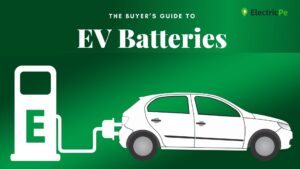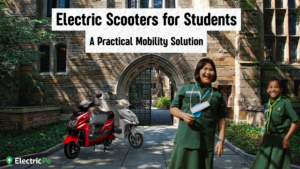There has been a growing global concern in terms of the impact of fuel-based vehicles on the environment and public health. This concern has acted as a push to adopt Electric Vehicles (EVs) as a more eco-friendly and sustainable alternative. To accelerate this switch, many governments worldwide have offered various incentives and subsidies to make these vehicles affordable and easily accessible to consumers. However, the question arises: does a reduction in subsidy make EVs unviable?
What are Electric Vehicle (EV) Subsidies
EV subsidies are very similar to the LPG subsidies that the government provides consumers. EV subsidies are financial incentives that the government provides to potential EV buyers so that they have to pay less while purchasing an Electric Vehicle. These subsidies come in different forms, such as tax credits, grants, and rebates. They are intended to level the difference between traditional vehicles and their electric counterparts.
Specific EV nature and their amounts can vary among different countries, states, regions, cities, etc. The nature of the subsidy will depend on their respective environmental goals, the region’s current state of economic development, and their current state of EV adoption. The aim of these subsidies is to accelerate the transition to reduction of greenhouse gas emissions and cleaner transportation, ultimately contributing to an eco-friendly future.
The Impact of Subsidies on EV Affordability
The primary reason for offering subsidies is to make EVs more accessible and affordable to the general public. This helps in the adoption of electric mobility and makes such technology available to everyone. The impact of subsidies on affordability significantly influences the customer’s decision to buy an EV.
The government plays a huge role in the effectiveness of EV subsidies. Depending on the country’s overall policy regarding sustainable transportation. Governments can balance EV adoption with a sustainable, comprehensive strategy that includes investment in charging infrastructure, development of EV technology, research, and initiatives to promote renewable energy sources.
Advantages of subsidies
- Financial Incentives and Tax Benefits: The government provides tax credits and other financial incentives to encourage customers to switch to Electric Mobility. These incentives vary depending on the eligibility criteria and the state policies, but what’s common is that they reduce the financial burden of buying an EV.
- Supporting Second-Hand Market: Subsidies impact the second-hand market significantly. As more new EVs are sold, the older models become available for second-hand purchase, affecting consumer ownership and making them more suitable and affordable. This makes EV ownership accessible to a broader range of people.
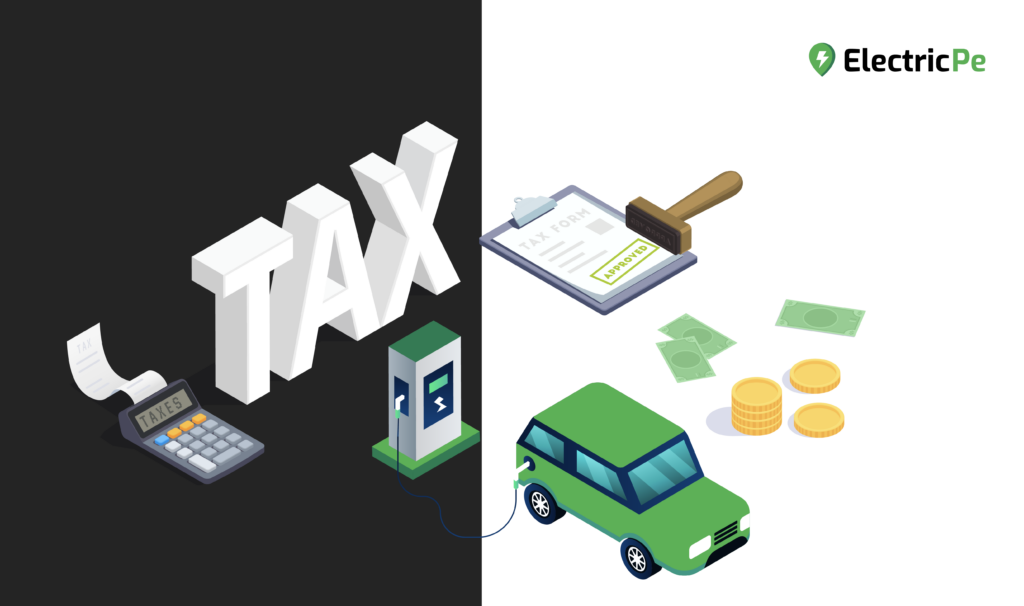
The Economics of Subsidy Reduction
The reduction in subsidies might demotivate potential consumers into purchasing an EV. This might slow down the sales of EVs, which have already significantly decreased by 57% in June over the previous month’s two-wheelers. The maximum subsidy has been capped at 15 percent of the ex-factory price of the vehicle, down from 40 percent. (according to a report by the Telegraph). The reduction of subsidies is currently functioning under the Faster Adoption and Manufacturing of Hybrid and Electric Vehicles (FAME) II scheme. Policymakers must carefully assess subsidy reduction’s economic impact on consumers and the automotive industry.
Evaluating Alternatives to Subsidies
To support EV adoption and sales, governments and policymakers deployed several alternatives to consider beyond traditional subsidies. Understanding and evaluating these alternatives is essential to design and create effective policies encouraging the widespread adoption of EVs. A few alternatives to subsidies are listed below:
- Regulatory Measures: Implementing stricter standards and environmental policy regulations will create a more favorable environment for EVs. For example, setting emission targets for automobile manufacturers and introducing zero-emission vehicle mandates will push manufacturers to produce more EVs, reducing the production of internal combustion engine vehicles.
- Tax Reforms: Replacing direct subsidies with tax reforms to incentivize electric vehicle adoption; for example, reducing taxes on EV Charging – currently, EV charging attracts 18% GST, which could ideally be reduced to 5% initially to encourage adoption; reducing taxes on charging equipment, infrastructure set up etc, can make electric vehicles more affordable and cost-effective for consumers.
- Feebates: Feebates are a combination of rebates on low-emission vehicles and fees on high-emission vehicles. The idea is to purchase high-emission vehicles and reward the purchase of electric vehicles. This, in turn, encourages customers to choose a cleaner option.
- Research and Development Funding: Investing in research and development of EV technologies can drive innovation and reduce manufacturing costs. Funding advancements in battery technology, electric drivetrains, and charging infrastructure can make EVs more competitive with traditional vehicles.
- Partnerships with the Private Sector: Collaboration with utilities, private companies, and charging infrastructure providers can result in creative solutions and increased investment in EV adoption.
Conclusion
While subsidies undeniably are the best instruments in accelerating EV adoption, several factors must be considered. The question of whether a reduction in subsidies makes EVs unviable is a complex one, whereas there are many alternatives to consider apart from that. The key is to balance short-term incentives and long-term sustainability. Since EVs have become more improved and affordable and the manufacturers are also providing rebates and discounts on purchases, it is possible the need for subsidies may decrease over time. However, governments and private sectors should continue collaborating and investing in EV technology and infrastructure to ensure a greener, more ecologically friendly environment for future transportation.
Courtesy: The Telegraph


